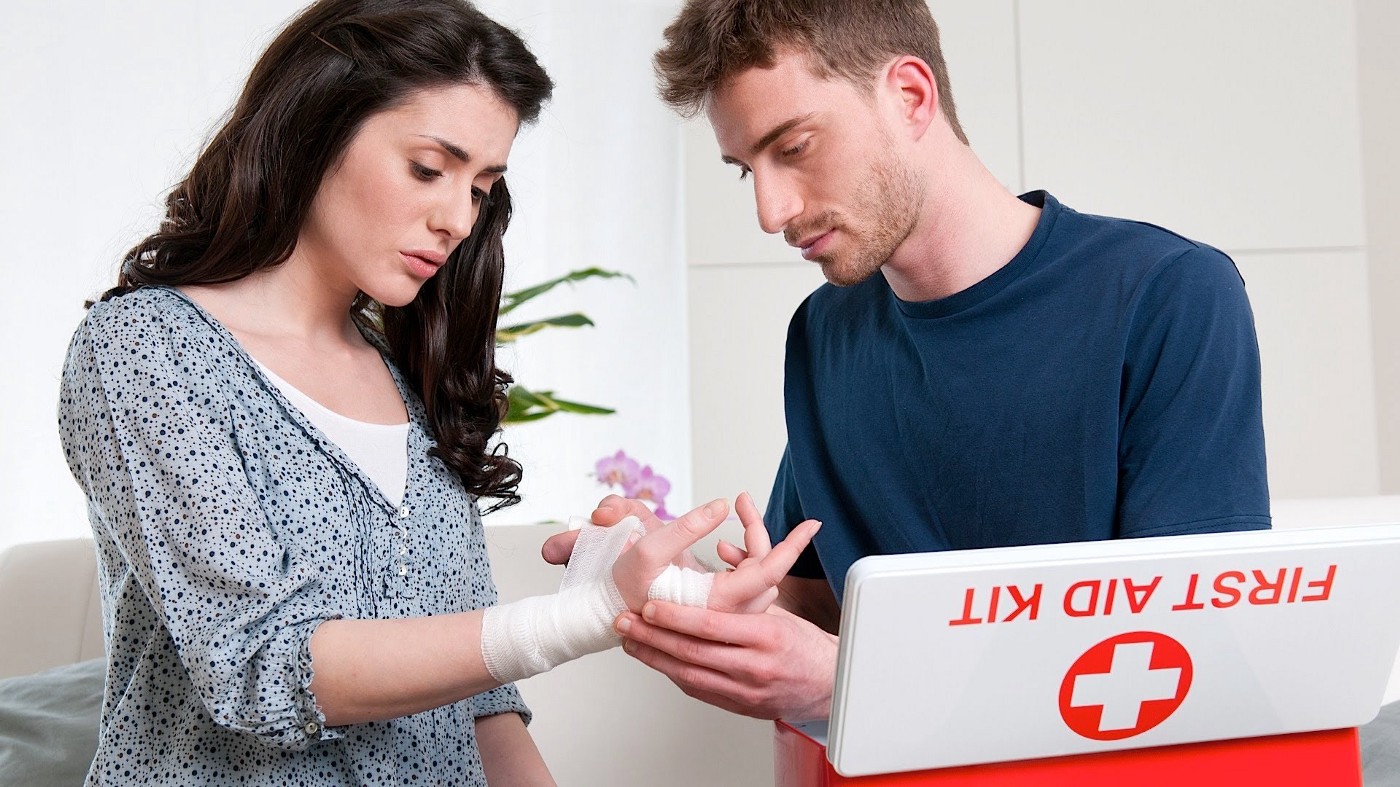
First Aid: A Life Skill That You Must Learn
An accident can happen at any moment and in any place. When bad luck strikes, you could be anywhere—at home, participating in a sport, driving your vehicle, or even at the workplace.
These injuries can be severe, resulting in fractures, severe damage, and burns. Accidents can and do occur; therefore, it is beneficial to be ready with First Aid Training.
It is true that first aid training undoubtedly contributes to lifesaving. But that’s not all—promptly administering the proper first aid can speed up recovery and determine whether a patient will have a temporary or permanent disability. You will learn how to maintain calmness in emergency situations and simple phrases to aid in remembering the actions you need to take. Your confidence level will increase as a result of first aid training, making you more productive and in charge when necessary.

What Is First Aid?
First aid is the provision of basic medical care to oneself or a person nearby who has experienced a sudden accident or illness. While a medical expert is on the way, first aid might include basic assistance. In other cases, it refers to the treatment you offer a person who has a small injury, such as cuts, minor burns, or bug bites. Life preservation is the main goal here.
You can receive introductory first aid training, which may include utilising an Automated External Defibrillator (AED). However, prior training or experience is not always necessary in order to administer first aid. For example, in certain situations, you are not required to utilise an AED.
Train In First Aid To Empower Yourself
If a patient in exceptional circumstances doesn’t receive basic first aid care right away, their condition is likely to get worse. You can comfort a patient mentally and physically until emergency medical professionals come if you can administer basic first-aid treatment.
If a first aid kit is not readily available, you will learn how to use common objects as tools, which will help you to handle a variety of scenarios. Additionally, you’ll receive training on how to gather evaluations regarding what has exactly gone wrong with the patient. You will play a crucial role in the chain of survival by providing emergency services with this information, which will save a lot of time.
Make Sure You Choose A Credible Training Institute
The greatest harm comes from incomplete or incorrect knowledge. For a life skill such as first aid, ensure that you pick a trusted training facility. This will help you to boldly step up and offer assistance during an emergency and calm the chaos. Keep in mind that the training institute that you choose is an Australian Registered Training Organization and provides nationally accredited first aid training.
First aid training is easily accessible and not at all expensive.
Training facilities can be found all around Australia, and you can even request a trainer to come to you so that you and a group of friends or coworkers can take part in a group first aid training.
How old must you be to sign up for First Aid training?
Children between the ages of 10 and 13 may enroll in a course with an adult, but they must be 14 years old to do it alone. For children under the age of 18, written consent from a parent or legal guardian is necessary. A maximum age does not exist.
It is a great idea to give your kids a sense of saving lives from an early age. This will help them feel more confident and optimistic while also adding new talent to their portfolio.
Employers Give High Regard To Someone With Good Health-Safety Knowledge
First Aid certification is required for many professions. Child care, medical services, police forces, and disaster relief are a few examples. Even though it is not necessary, many businesses and organisations urge their employees to participate in this course.
There have been numerous occurrences in hotels and restaurants recently, especially in the service and culinary sectors. First Aid certification is highly valued by these businesses. It thus has the potential to greatly increase your skill set.
Basic First Aid Procedure
Step 1: Evaluate the circumstances
Determine the circumstances and look for any threats to you, any onlookers, or the patient.
- Ensure safety prior to rushing to the affected patient
- Ensure that the environment is secure for you, the victim, and any other participants or onlookers.
- If the situation is too dangerous, remain where you are and wait for expert aid.
Step 2: Check the person’s health
- Is the victim choking or severely bleeding? In these circumstances, take prompt and proper action.
- Is the person awake?
- Are they breathing normally?
- Check for wounds, shock symptoms, or psychological damage.
Step 3: Plan of action
- After assessing the person’s condition, do the required first aid practice.
- If the accident is major, provide initial support and wait for the experts to intervene.
Keep Safe!
Prevention is always better than cure. Follow a healthy lifestyle and incorporate good habits in your day-to-day practices. A lot of accidents can be prevented if we are careful and pay heed to our bodies and surroundings.
Due to delayed medical care, millions of individuals worldwide suffer injuries and eventually pass away every year. The agony and even death that can result from waiting for them to show up can be avoided. First aid knowledge is very important in situations like this. A person’s chances of survival can be doubled by administering basic first aid.


